Our guest on the Gardenerd Tip of the Week Podcast is Kay’aleya Hunnybee Bonnette of The Herbal Womb. She’s a clinical herbalist and integrative health educator.
She has a Masters of Science in Therapeutic Herbalism, which is why we wanted to talk with her. Kay’aleya shares her science-based wisdom for finding medicine in our own backyards.
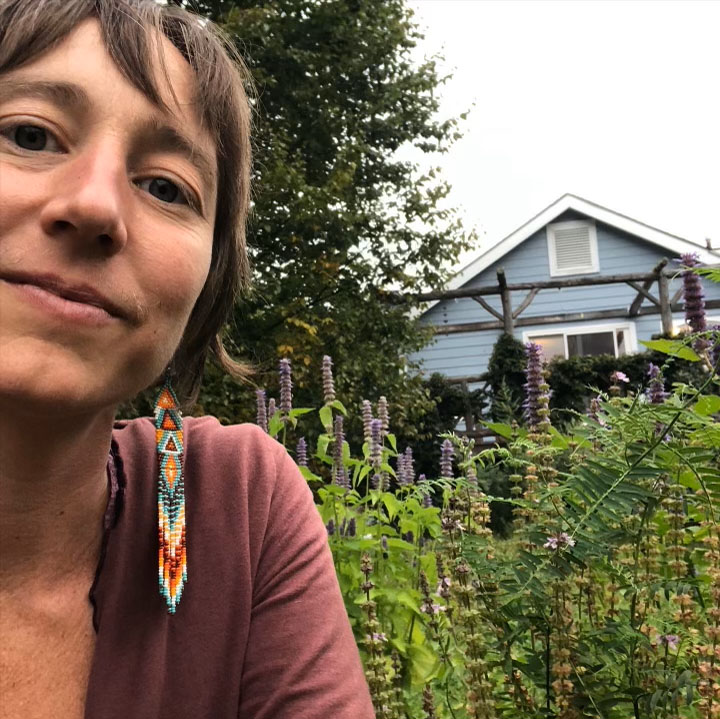
Listen to the Podcast Here
Subscribe to the Gardenerd Tip of the Week Podcast on Apple Podcasts or wherever you stream. Consider becoming a Patreon Subscriber to support the free stuff we do here at Gardenerd.

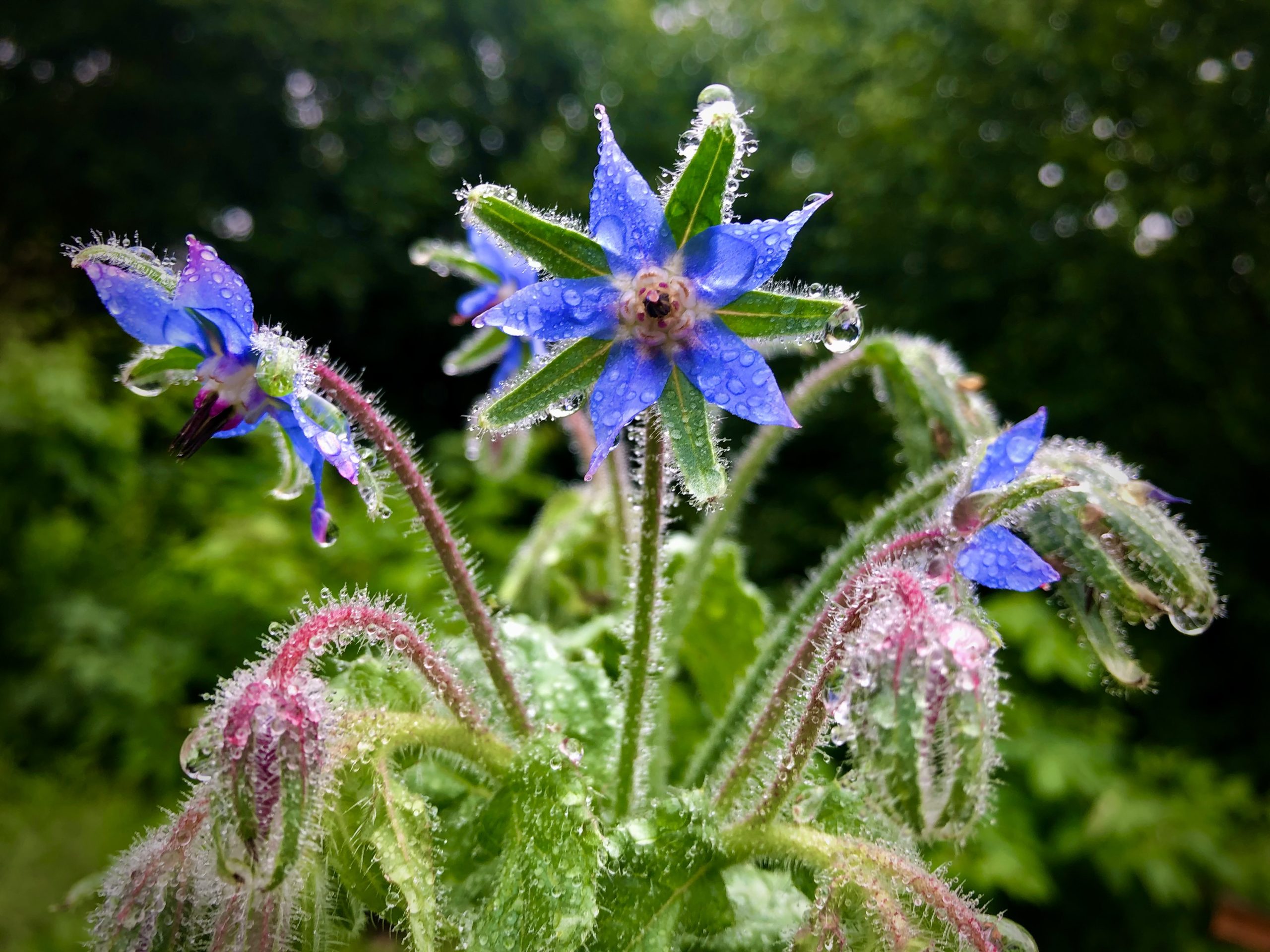

Resources
Visit Kay’aleya’s website here
Get her free guide here
Follow Kay’aleya’s work on Instagram and Facebook
Listen to her podcast Herbal Womb Wisdom here
Things we talked about in the podcast:
WWOOF-ing – World Wide Opportunities on Organic Farms – travel the world and help farms get the work done in exchange for free room and board.
Plant Walks with Jo Hollis – Mountain Garden Herbs – take a tour of this well-known medicinal garden space
Vermont Center for Integrative Herbalism – Larkin Bunce
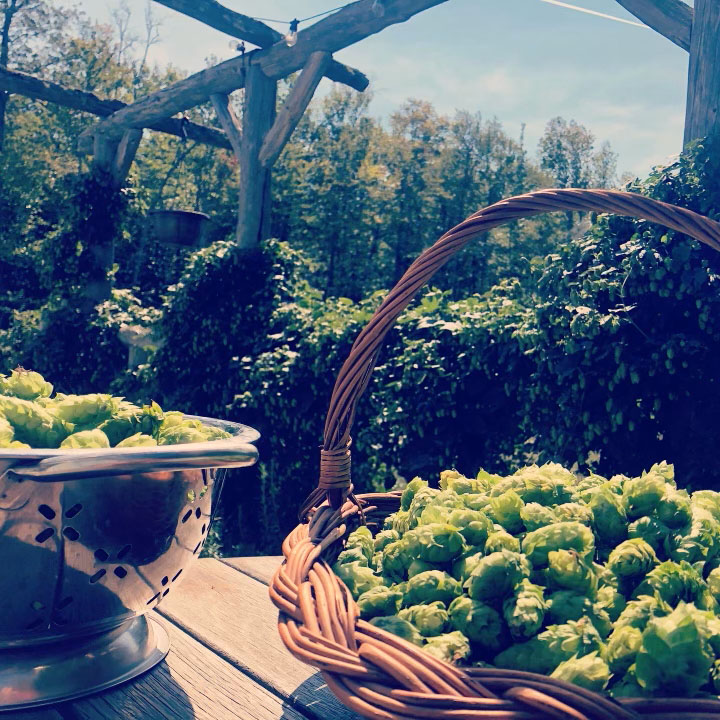
Putting Therapeutic Herbalism to Use
Some of the herbs Kay’aleya mentions in this episode:
Spilanthes, Yerba mansa, white sage, American ginseng, Trillium, Blue cohosh, Rhodiola, and Tusli…
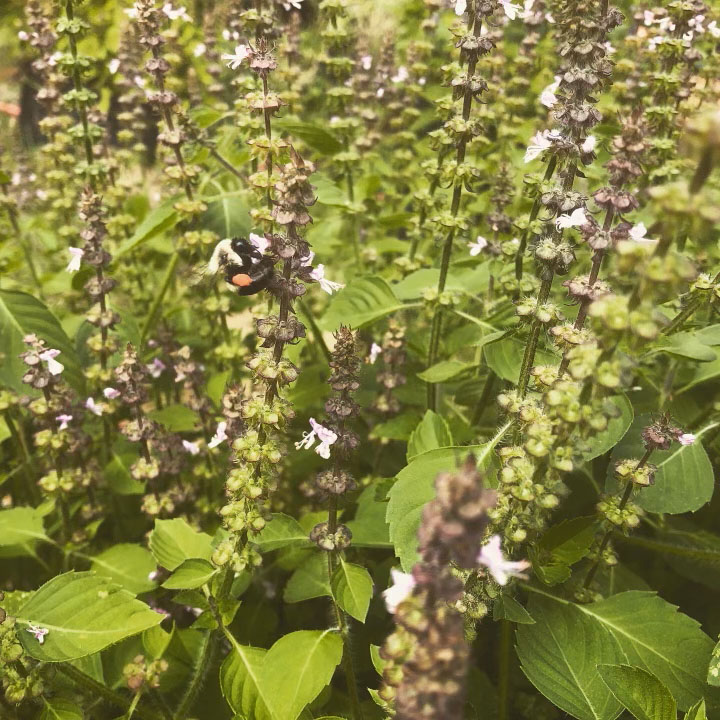
Hot tip: Use the term “Materia medica” when searching for herbal information online.
However you decide to use medicinal herbs in your life, make sure to do your research and test first before diving in. There are a lot of safe herbs out there that you can grow in your own backyard. Choose one or two to grow this season.
Podcast: Play in new window | Download (Duration: 36:04 — 67.0MB)
Subscribe: RSS

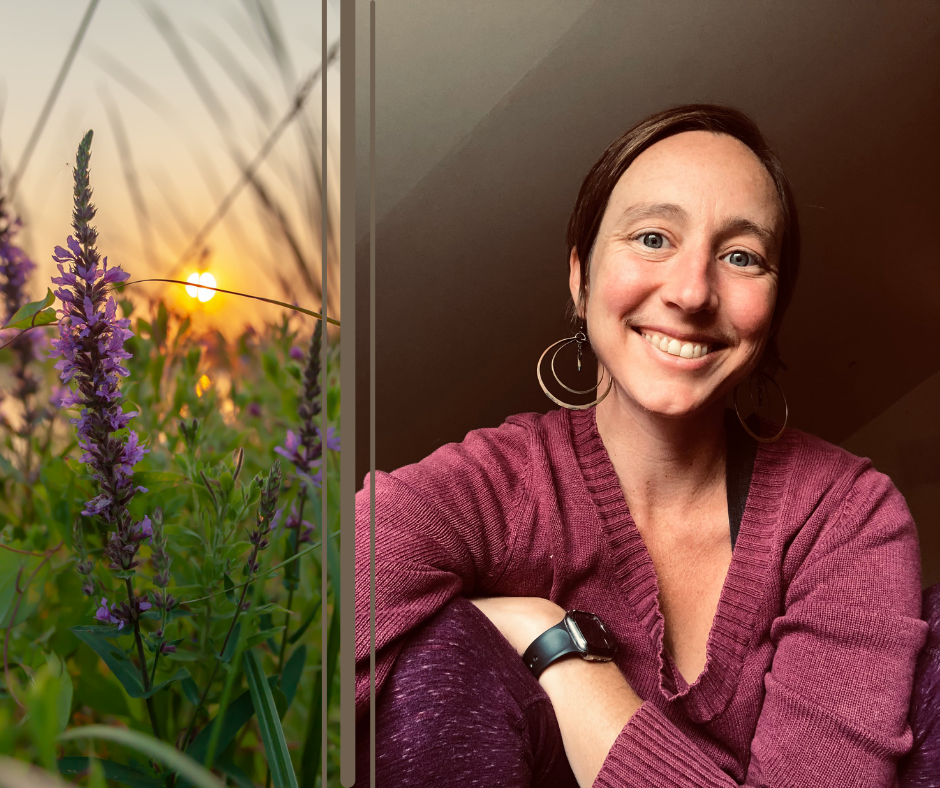

I never hear about the miraculous herb, side cordifolia!
My son (high functioning autistic) noticed a weed (among a hundred others) and said to himself, “That looks interesting.” Picked it, looked it up, harvested more and we have all been fans since!
It can be dangerous for the disabled though. Eat a leaf and feel like you’re 25 again, full of vim and vigor! For those who CAN’T stop working when they feel “normal” for the brief visits of normalcy, not knowing when it will come again, it will make them feel like they can clean the house and weed the garden all in an afternoon. Of course the body laughs hysterically and gives out long before, but the feeling of being “normal” again drives one on to work until they’re dropped to their knees, almost crawling to get that other set of weeds. Ok. Maybe that’s just me. Obviously, I can’t take internally bc I can’t stop doing all the things my body normally won’t let me do. For me, there’s no jitters. I just feel like I did before I got hurt.
So that leaves external. He makes a salve out of it that works great for injuries, eczema, inflammation etc. But being hard headed, I suffered for close to a year with a torn rotator cuff with a grossly swollen bursa. I had 0% mobility of my left arm. The pain kept me up at night. I was in agony. He kept telling me to try it, but having a paramedic background, knew surgery was in my future as soon as the pain won over my distaste for drs. Finally he’d corner me and ask to put it on to see if it worked. I didn’t have the heart to keep shooting him down with his hopes of making me better. After about 10 days of his cornering me and applying to my shoulder, I noticed the pain wasn’t keeping me up or waking me at night. After 2 weeks, I was a believer and was applying myself. After 2 months, I had considerable range of motion back! Now it’s at almost 100%! Many people get overnight or faster relief than I do with their issues. This stuff truly works miracles! But I never hear of it besides my son’s use of it. Why?
It looks like Sida cordifolia is in the mallow family, which is known for its medicinal properties. Web MD has a profile on it, stating that it has ephedrine in it (an amphetamine-like drug) that might account for your description of the energy it brings. I’m glad it worked for you. It looks like people should use caution when using it because of the aforementioned risks.